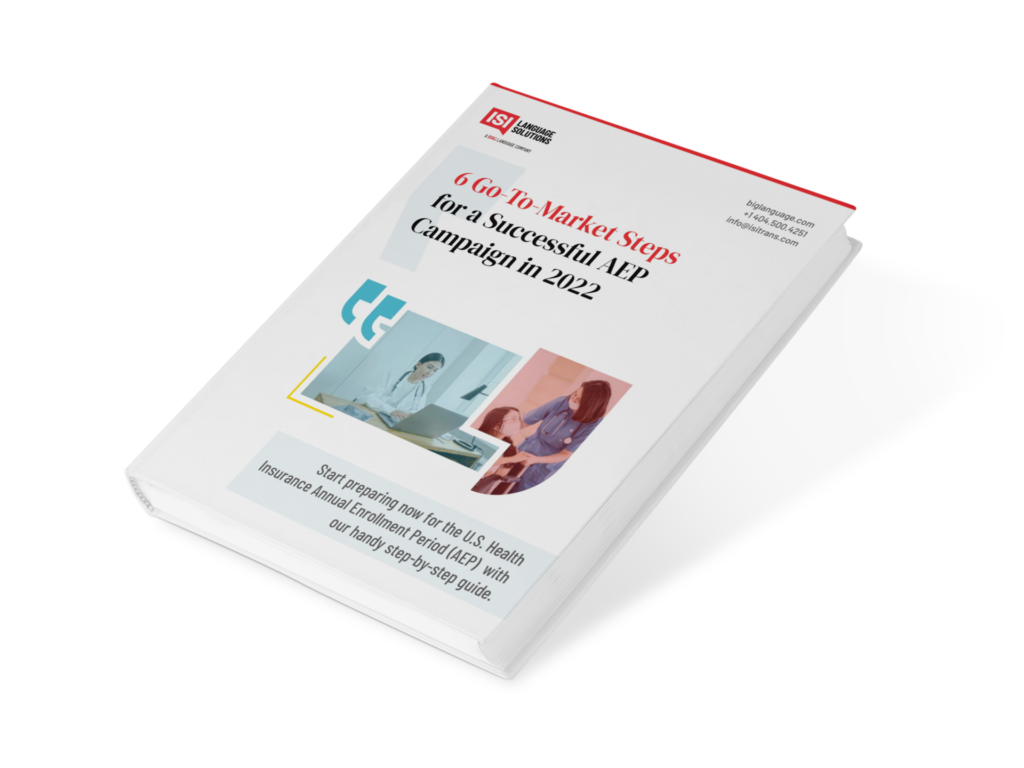With the dramatic increase in remote work, cybersecurity has quickly become a top concern changing how companies, employees, and clients interact. As a result, many seek to mitigate the risks inherent in working outside IT-controlled environments. However, regarding keeping your sensitive data safe, some providers might need to tell you that there is no silver bullet solution to protecting your business from cybersecurity threats. Instead, the security of your business data and assets depends on a total commitment to security across your business, which includes employees, workflows, business processes, and the technology used to manage data and secure your business assets. It also consists of the vendor relationships you choose, including your language service provider (LSP).
The adage holds with cybersecurity: the chain is only as strong as the weakest link. Any vendor using, managing, or storing your business data is a potential weakness in your business’s security. When vetting an LSP, evaluate its approach to the three pillars of security: people, processes, and technology. Let’s take a closer look at each.
People: Placing Trust in Well-Trained Professionals
Statistically speaking, people are an essential pillar of your cybersecurity strategy: Research suggests that up to 90 percent of all cybersecurity breaches are caused or aided by human error.
Your LSP’s team should feature individuals you can trust when properly managing data and adhering to best practices. When it comes to establishing trust, here are a few good questions to ask:
- Who is the organization’s Chief Information Security Officer (CISO), and what are their credentials? Remember that the two essential certifications available are, Certified Information Systems Security Professional (CISSP) and Certified Information Security Manager (CISM). Having one or more of these certifications shows a commitment to their profession and an understanding of cybersecurity that typically comes with years of experience.
- What is the security posture of the top management team?
- What are the organization’s controls and measures in place to prevent attacks?
- In the event of an attack, what is their ability to manage defenses?
- Is the organization’s CEO signing off on and approving compliance-related documentation?
- What are your methods of training employees and providing ongoing education related to evolving cybersecurity risks?
If your existing LSP creates a cybersecurity risk through an action committed by one of its employees, it might be time to reconsider that relationship. A single breach could bring damages and liabilities that threaten your company’s future—and it’s too late to take action after the breach.
Processes: Embracing Process-Driven Methods
Your LSP should prioritize security in its operations and the physical environment where those operations are run. This includes the protocols for managing client data, the security measures it takes to transfer sensitive data, user authentication protocols to keep data safe, and documentation to track data and ensure transparency and accountability.
However, it includes infrastructure like access points, building materials, cameras, traps, etc. Infrastructure like this is essential for vendors leveraging employees worldwide, each working off personal computers and connections, which can be the norm for LSPs.
Your LSP should also have processes to monitor for signs of a security vulnerability and to take action to mitigate the risks associated with a breach. Unfortunately, even the best security front is liable to vulnerabilities. Find an LSP that recognizes this constant threat and works to keep your business data safe.
Technology: Leveraging a Layered Approach
The best cybersecurity strategies are supported by thought-out, interconnected technology. It is where logical security enters the picture. Well-positioned businesses can access many tools and technologies to help protect, detect, and respond to a known threat. To do so, they incorporate layered architectures taking an in-depth approach to preventing cyberattacks.
These technologies can include solutions related to network security, malware detection, cloud security, endpoint security, application security, firewalls, data encryption, and secure messaging, among others. The best business protection will combine these tools to create a well-rounded approach to cybersecurity, making breaches harder to achieve while improving your ability to detect a potential threat.
Let BIG Language be your LSP
We prioritize security at BIG Language with our investments in modern cybersecurity tools and provide a layered security front to keep your business safe with LanguageVault®. LanguageVault combines proprietary technology and innovative processes to ensure complete security throughout the translation workflow. It locks down the content, restricts access, and protects customer data as it leaves a client’s secure environment. It is the only platform with a SOC 2 Type II report, which addresses a long-standing industry challenge of securing content through the translation life cycle.
Contact us today to learn more about our commitment to keeping our clients protected at all times.







